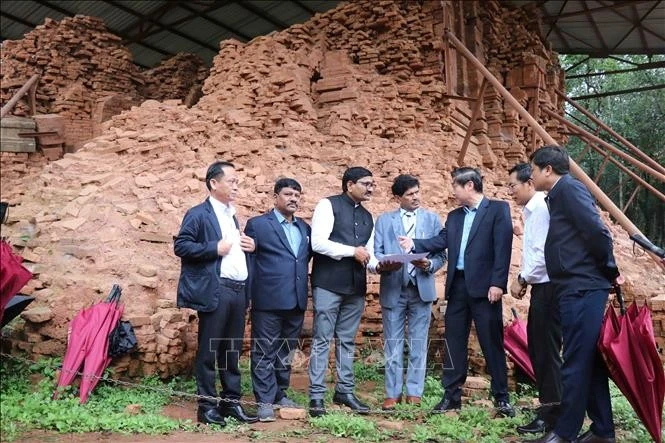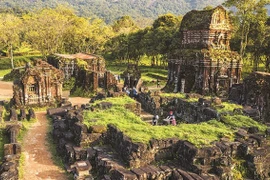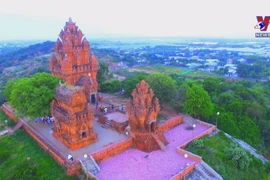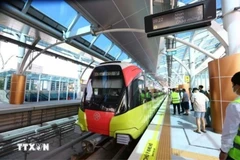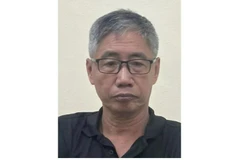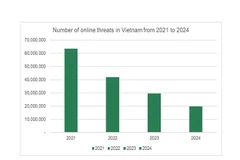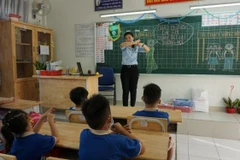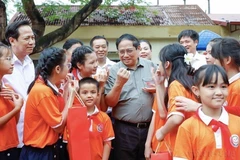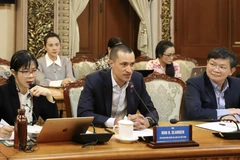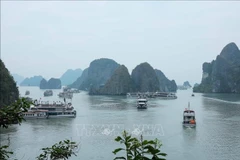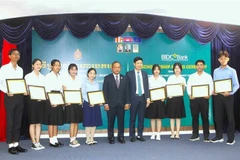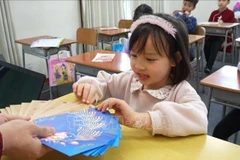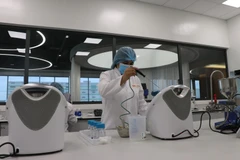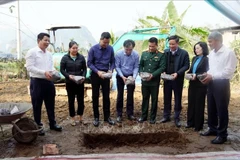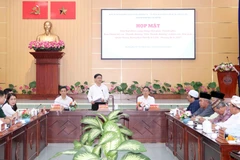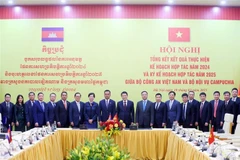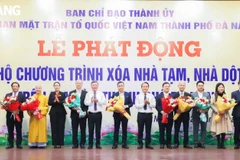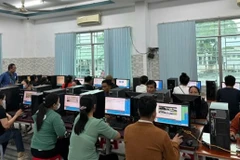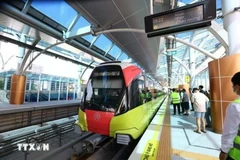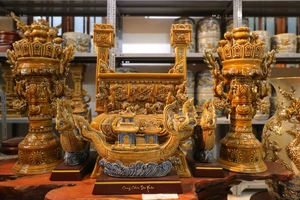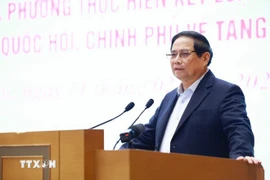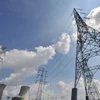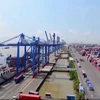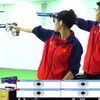Quang Nam (VNA) – The People’s Committee of the central province of Quang Nam and the Archaeological Survey of India (ASI) on February 21 launched a 2025-2029 project to preserve and restore Towers E and F at the UNESCO-recognised My Son world heritage site in Duy Phu commune, Duy Xuyen district.
The Towers E and F complex comprises 11 structures, with the E group consisting of eight towers (E1–E8) and the F group including three towers (F1, F2, F3). Experts from Vietnam and India have identified these monuments as requiring urgent restoration.
Tower E1, the oldest in the group, dates back to the 8th century. It is the main tower in the E group and remains the most intact among the site’s structures. Built using a mix of brick, wood, tiles, and low walls, the tower contains four large stone blocks inside. However, the brickwork is poorly bonded, with bricks stacked without visible mortar.
Tower E2, a nearly square gateway tower, is in severe disrepair. Only 2.2 meters of the tower remain, with multiple horizontal and vertical cracks. The mortar is weak, and many bricks are loose, posing a risk of further collapse. The western and eastern gate pillars have detached from the main structure.
Tower E5 is almost entirely in ruins, with collapsed walls that are only 1.2 meters tall. Cracks and crumbling bricks make the tower vulnerable to further deterioration.
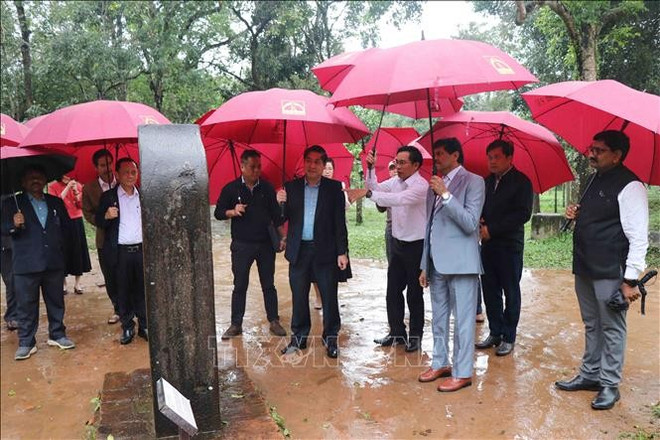
The F group consists of three towers: F1, F2, and F3. Tower F1, the main temple of the group, dates back to the 8th to 9th century and showcases a fusion of architectural styles. Excavated in 2003, it has not yet undergone restoration. The tower is still covered, but cracks are visible, with faded bricks and walls at risk of collapse. Iron rods currently support the structure.
Tower F2, a gateway tower, has collapsed, leaving only the southern wall standing at a height of 3.2 meters. The wall leans southward by about 3 degrees, and deep cracks are present. The northern wall, also partially standing, is similarly damaged and is being reinforced with iron rods.
Phan Thai Binh, Vice Chairman of the provincial People’s Committee, thanked the Indian Government and experts for their support in preserving My Son. He emphasised that based on a thorough evaluation of the current condition of Towers E and F, experts from both countries should adopt a unified approach to ensure the preservation of the site’s original values.
He stressed the importance of careful attention, particularly in selecting materials for the restoration. He also called on Duy Xuyen district, the My Son World Heritage Management Board, and all relevant authorities to facilitate the restoration process and ensure it stays on schedule.
Experts from Vietnam and India confirmed that the restoration efforts will focus on reinforcing and preserving the site’s original elements to maintain its authenticity.
ASI Director Shri Azmira Bhima expressed his hope that the project will not only protect the historical significance of Towers E and F but also enhance the technical and managerial skills of the local workforce. This initiative aims to prevent further deterioration, restore, and improve the architectural integrity of the My Son temple complex - a unique and treasured World Heritage site of Vietnam./.
